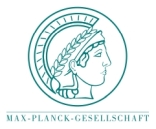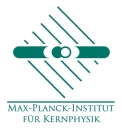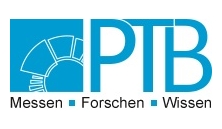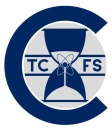Max Planck-RIKEN-PTB Center for
Time, Constants and Fundamental SymmetriesHigh-resolution spectroscopy of hydrogen
Involved senior scientists and institutions in alphabetical order:
T. Hänsch,
E. Peik,
T. Udem –
MPQ,
PTB
Comparing theory and experiment for atomic hydrogen has been the driver for fundamental physics and has allowed the development of the theories of Bohr, Sommerfeld, Schrödinger and Dirac. Tiny discrepancies between theory and observations have been a key in gaining deeper understanding of nature. As an example the famous Lamb shift, which is a discrepancy with the Dirac theory, led to the development of Quantum Electrodynamics, a theory that nowadays represents the electromagnetic sector of the Standard Model. Increased measurement accuracy allowed discovering the Lamb shift. Several years ago another small discrepancy was discovered through improved measurement accuracies on muonic hydrogen. This system is particularly sensitive to the proton charge radius. The results are in significant contradiction to the data from regular atomic hydrogen. At this time it is not clear whether or not this is due to a failure of theory, its application or due to a measurement problem. More data is required to shed light on this issue. To contribute an MPQ team has been working for the last 5 years on improving the accuracy of the 2s-4p transition in regular hydrogen. The recent result is as accurate as the combined previous hydrogen data and supports the muonic value of the charge radius. This does not solve the problem but might reveal another one. Now the data from regular hydrogen is no longer as self-consistent as it used to be. More high-precision data is required to solve this problem or to discover new theories. This justifies our passion for precision. Currently the lab of the Hänsch group is the only one in the world that combines the experience and technology to significantly contribute to this fundamental problem. With this application the collaboration with PTB who has been supplying the calibration and atomic clock references necessary to reach the utmost precision should be strengthened.





